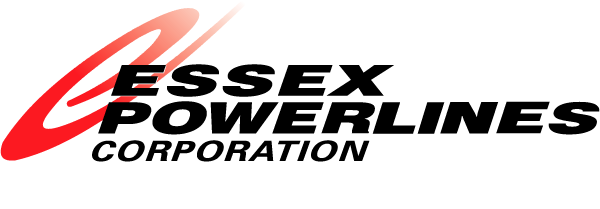Net Metering
Net metering is a program that allows electricity consumers in Ontario who can produce some of their own power through renewable resources (wind, water, solar, biomass, etc.) to export it back into the grid for credit towards your energy costs. With net metering, you save money and protect the environment!
How does net-metering work?
The more you contribute with net metering, the more you save. The electricity produced from your renewable energy technology will first be used to meet the needs of your home or business. Your utility will then subtract the value of electricity you supply to the grid from the value of what you take from the grid, and the “net” difference between these will appear on your bill. If the power you supply to the system is greater than the amount that you use, you will receive a credit that can be used towards future energy bills for up to one year.
How is this accounted for on my bill?
You will receive a non-cash credit for any kilowatt hours your Renewable Energy Technology generates that are not used for your own home or business. The credit will appear as a line item on your electricity bill and cannot be redeemed for cash. The credits you receive can be used towards future energy bills for up to one year.
The dollar value of the kilowatt hour that you generate is based on variable kWh rates applicable at the time of generation.
Please note that net metering credits cannot be used towards fixed charges, such as delivery charges.
I am with an electricity retailer. Can I still apply for net metering?
You must check with your energy retailer before applying for net metering. Review the contract you have and provide confirmation to Essex Powerlines prior to continuing the process.
How do I apply?
If you are an Essex Powerlines energy customer and can generate electricity from a renewable source, then you are eligible to become a net-metered customer. Please note that your equipment/generator cannot exceed a maximum cumulative output of 500 kilowatts.
Here is how the application process works:
- Fill out our application form.
- Upload a single line diagram with the application. Essex Powerlines will approve applications within a 10-day period. You will be subject to Electrical Safety Authority (ESA) approval, which means your equipment must be inspected prior to installing the meter.
- Sign the Connection Assessment.
Not sure what constitutes as a renewable energy source? Check out below for some common examples!
Solar Energy
Solar power is one of the cleanest, most viable forms of renewable energy available. Using radiation emitted by the sun, solar power can be used in several forms to help power your house.
Photovoltaics (PV) is the process of converting the sun’s energy into electricity through solar cells. These cells produce electricity when light shines on them. PV cells consist of two or more thin layers of semi-conducting material, which when exposed to light, generates electrical charges that can be used.
Passive solar also exists and can be used to heat buildings. Passive solar occurs when sunlight passes through a window, allowing the heat to collect inside the building, which is the most cost-effective approach to maximizing the use of solar energy for Canadian homes.
Another source of solar power is active solar. Active solar systems use solar collectors and a pump or fan to distribute the sun’s energy; these systems are best suited to heating water. A dark coloured collector is used to absorb the sun’s energy and convert it into heat.
Wind Energy
Wind power is the conversion of wind energy into more useful forms, usually electricity, using wind turbines. This source of energy is pollution-free and infinitely sustainable; it doesn’t use fuel, it doesn’t produce greenhouse gases, and it doesn’t produce toxic or radioactive waste.
Wind energy is the kinetic energy that is present in moving air. For any wind turbine, the power and energy output increase dramatically as the wind speed increases. Therefore, the most cost-effective wind turbines are located in the windiest areas.
DID YOU KNOW?
- Wind turbines are less hazardous to birds than high-rise buildings, automobiles, transmission lines and pet cats.
- Ambient noise from passing cars or rustling leaves is often greater than the sound of a wind turbine
- Modern wind turbines are very reliable. They can withstand 180-kilometers-per hour winds and temperature as low as -40C
Biomass
Biomass is an organic matter that can be converted into fuel and used as a source of energy. Biomass uses a process called photosynthesis to take energy from the sun and convert it to useful fuel such a solid, liquid, or gaseous fuels. Typical sources of biomass can include plants, insects, and other micro-organisms.
